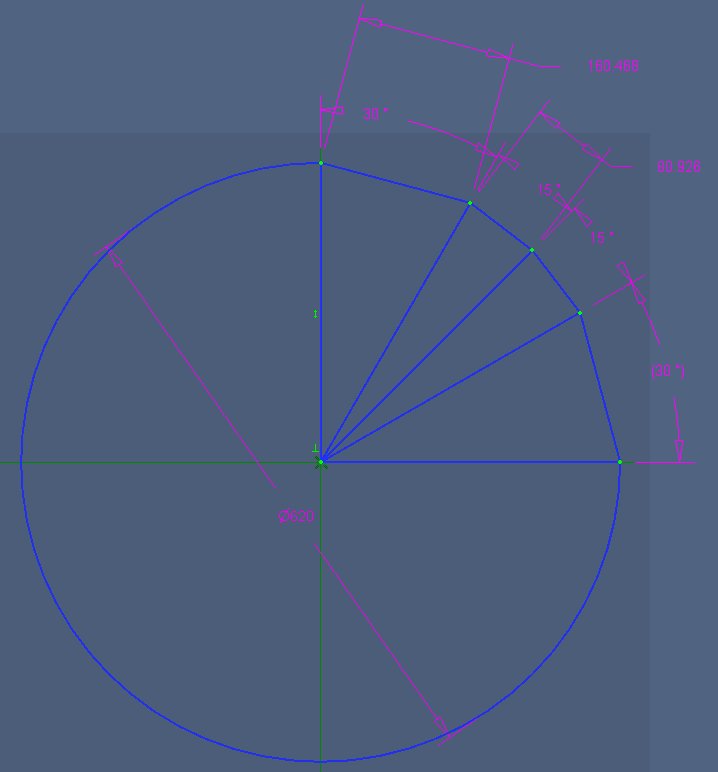Hello
i'm trying to make an oak planter from some offcuts of oak i've got (Yeah i know it would be easier to buy one but still)
I wanted to use two different size staves to form the circle. For example i have a diameter of 620mm and want to use 24 pieces,16 at one size then 8 at another to form the circle, if i do 3.14 x 620 i get 1946.8 then divide this by 20 i get 97.34, then to give me 24 pieces i have divided the 97.34 by 2 to give me 48.67 thinking i could have 16 pieces at 97.34 and 8 pieces at 48.67.
The bit i am not sure on is the angles for the pisces if i was using all the same size pieces i would just divide 360 by the number of pieces, so for example if i was using 24 pieces i would divide 360 by 24 but as i'm using different sizes i'm not sure how to calculate the angles.
Hope this makes sense for someone to help me out.
Thanks Pintglass
i'm trying to make an oak planter from some offcuts of oak i've got (Yeah i know it would be easier to buy one but still)
I wanted to use two different size staves to form the circle. For example i have a diameter of 620mm and want to use 24 pieces,16 at one size then 8 at another to form the circle, if i do 3.14 x 620 i get 1946.8 then divide this by 20 i get 97.34, then to give me 24 pieces i have divided the 97.34 by 2 to give me 48.67 thinking i could have 16 pieces at 97.34 and 8 pieces at 48.67.
The bit i am not sure on is the angles for the pisces if i was using all the same size pieces i would just divide 360 by the number of pieces, so for example if i was using 24 pieces i would divide 360 by 24 but as i'm using different sizes i'm not sure how to calculate the angles.
Hope this makes sense for someone to help me out.
Thanks Pintglass






